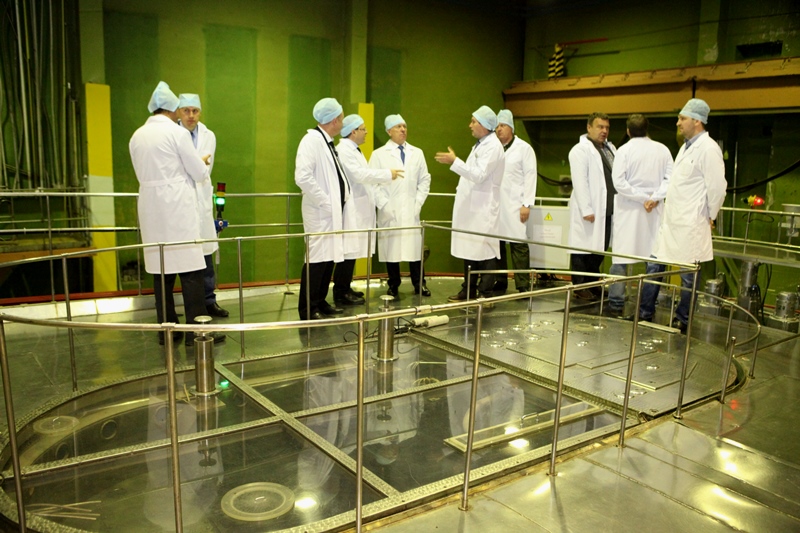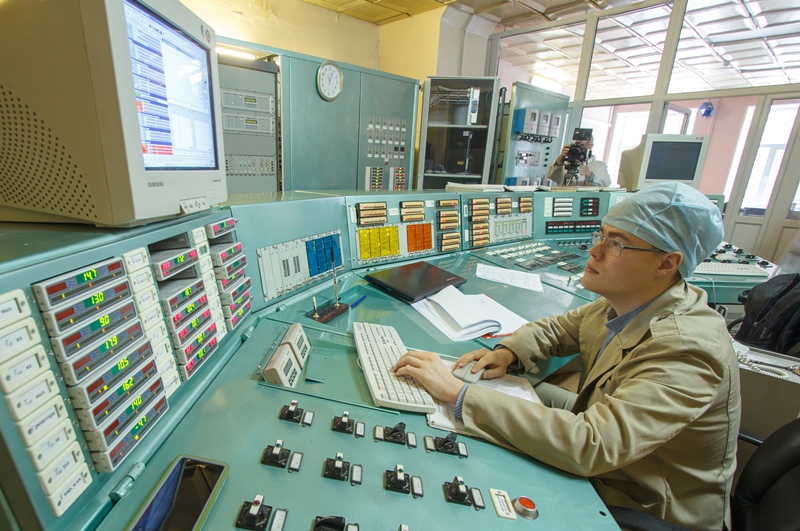
- Search and survey of new petroleum fields and deposits of precious and rare metals;
- Study of hydrogeochemical and geochemical problems related to surveying and exploitation of petroleum fields;
- Qualified use of raw materials, their processing, improving the quality of commercial petroleum products;
- Protection of the environment.
The application of NAA for determining ultra-small quantities of gold solves successfully and effectively the problems of geology, geochemistry and mineralogy, the genesis of gold deposits, and study of conditions for their formation.
An original analysis method, developed at the University, allowed successfully implementing tens of thousands of analyzes of geochemical samples of rocks and minerals of various research, academic and industrial organizations, the Russian Academy of Sciences, and others.
Since 1976, a research team of Tomsk Polytechnic Institute in collaboration with other universities has conducted a complex research project, dedicated to influencing of human factors on the human’s health and the biosphere. This project includes studies of man-made ingredients in environmental objects, some indicator plants, agricultural products, microelemental shifts in the body of animals and humans in the regions, located at different distances from industrial centers.
Note

The reactor organized the production of doped silicon using the horizontal-through horizontal experimental channel №4 (HEC). In the past, TPI and Chernobyl NPP used to provide the Soviet industry with doped silicon for the production of powerful thyristors, switches, and rectifiers. In addition, TPI carried out doping operations for Wacker, the German company. Wacker certified this silicon, grown in Zaporozhye and doped in Tomsk, according to its highest quality standard.
Since 1984, the reactor has been used for extraction of diamonds for deposits in Yakutia. The Research Institute of Nuclear Physics developed methods for applying radioactive marks to diamonds and equipment for their registration.
The institute designed and produced an experimental device for searching Pi 0-meson emission under stimulated fission of U235 nuclei by neutrons in a nuclear reactor. In addition, there were two Total absorption Cherenkov spectrometers used for recording and measuring energy of two gamma quanta from the decay of Pi 0-mesons. They are located at the outputs of two coaxial HEСs, that is HEC-2 and HEC-10. These projects will allow either detecting this effect or find out the strongest restriction on the probability of emission of neutron pions under nuclei fission.
Since 1997, the reactor has conducted the research project Physical Protection. Within the framework of this project, the University reconstructed the hot chambers. In addition, the reactor team installed a complex, used for the production of radiopharmaceuticals for conducting diagnostic tests in medical clinics in one of these hot chambers. It is worth mentioning, that this complex meets GMP standards.
The reactor team produces and supplies 15 Siberian cities with small-sized generators of technetium-99m. To irradiate targets from enriched Mo-98 the team uses the central vertical experimental channels (VECs) with a thermal neutron flux density of 1,1х1014 н/см2с. The sorption generators of technetium - 99мTc-GT-ТОМ are manufactures with the nominal value up to 40.0 GBq.
Along with research activity, one of the reactor main goals is training highly qualified specialists in the areas of development and operation of nuclear installations and equipment. More than 3,000 students, postgraduate students, and specialists have conducted research and practical internships at the Center for Nuclear Research Reactor. It is worth noting, that about 60% of all specialists working in the national nuclear industry, nuclear power plants, chemical plants, and ships of the Navy studied at TPU.
Every year, more than 250 students of 12 majors conduct internships at the center.
